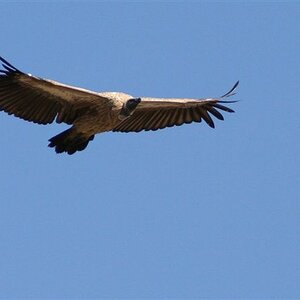Jesse17
TPF Noob!
- Joined
- Feb 7, 2016
- Messages
- 24
- Reaction score
- 6
- Can others edit my Photos
- Photos OK to edit
I'm learning to use the PhotoPills app on my phone. I have it set to my D7000 camera, and 35mm lens. It shows my hyperfocus for f11 as being 17'11". Since I don't carry a tape measure with me, is there any reason to not just pace off 20' to set my focus point, assuming that moving the beginning of my acceptable DOF from 9' to 10' won't miss something I want in the foreground?
Other than older lenses with focus distance printed on the barrel, is there a better way to set your hyperfocus point in the field? I'm thinking of night photography, which means large apertures. f1.8 puts my hyperfocus point out at something like 112', so just giving it extra distance to be sure I'm in the right neighborhood gets more difficult, especially if I have to light an object to get a focus on it.
Thoughts? Suggestions? Thanks!
Other than older lenses with focus distance printed on the barrel, is there a better way to set your hyperfocus point in the field? I'm thinking of night photography, which means large apertures. f1.8 puts my hyperfocus point out at something like 112', so just giving it extra distance to be sure I'm in the right neighborhood gets more difficult, especially if I have to light an object to get a focus on it.
Thoughts? Suggestions? Thanks!


![[No title]](/data/xfmg/thumbnail/35/35264-5ade32b7036391926536661aeb7491c3.jpg?1619736969)
![[No title]](/data/xfmg/thumbnail/40/40309-c759bfd4ae7c079632e7402d21d332f1.jpg?1619739414)
![[No title]](/data/xfmg/thumbnail/40/40310-01bec1b9b7918522bf21a09cf75c5266.jpg?1619739414)
![[No title]](/data/xfmg/thumbnail/33/33030-2d80455c47ebf5f145e0bd5064267aea.jpg?1619735844)

![[No title]](/data/xfmg/thumbnail/33/33031-909b1e1ff8739eef165c60b70c9a6a38.jpg?1619735845)




![[No title]](/data/xfmg/thumbnail/37/37539-ae46a74e6510aad73c9101a029847880.jpg?1619738133)
